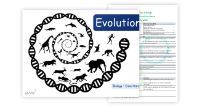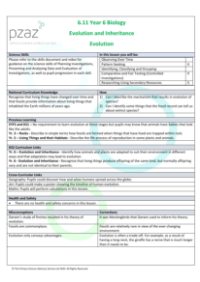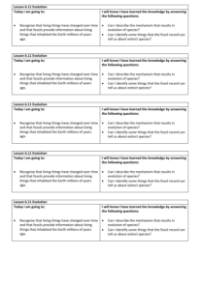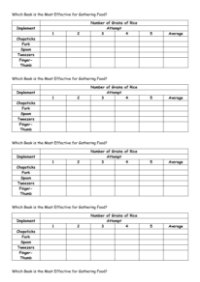Evolution - Presentation
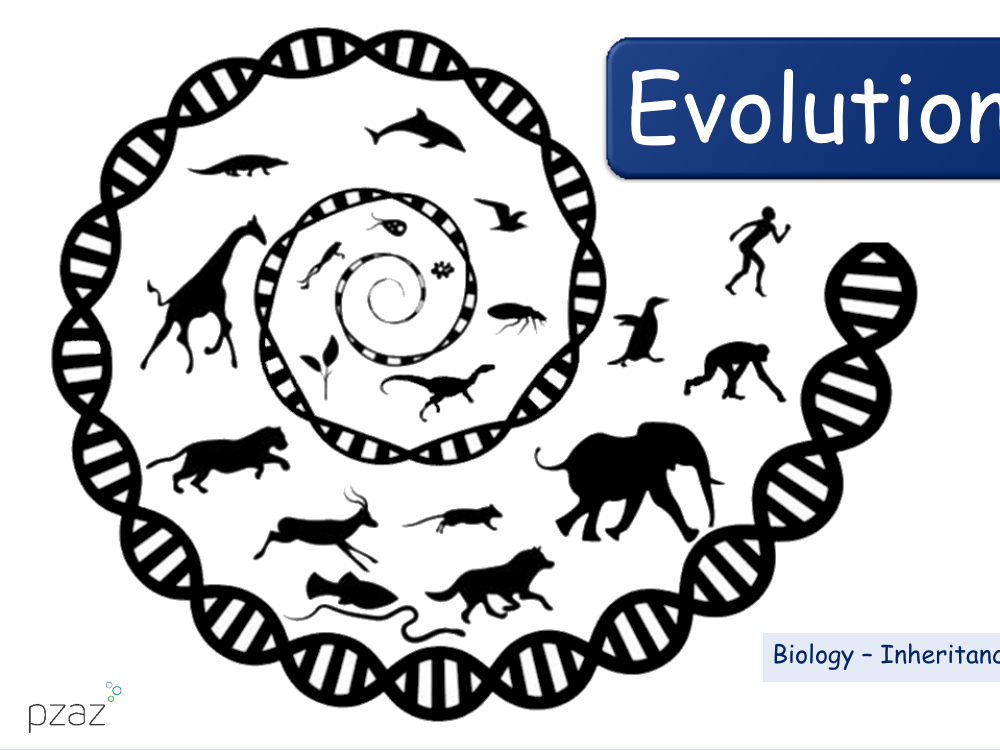
Science Resource Description
In an engaging presentation on evolution, students are introduced to the fundamental mechanisms that drive the evolution of species. They explore the concept that advantageous adaptations are passed down through generations, leading to the gradual emergence of new species optimally suited to their environments. This process, known as evolution, operates over extensive timeframes, often spanning tens of thousands of years. The presentation includes an example featuring 'Paleo Pete', who explains how modern humans have evolved over approximately 150,000 years. The fossil record serves as a historical archive, providing insights into the habitats, diets, brain sizes, and lifespans of early humans. Despite the relatively modest changes since then, the discussion touches on the debate over whether human evolution has stalled due to our ability to control our environment.
The presentation delves into the role of mutations in evolution, describing them as 'mistakes' in the inheritance of characteristics that can lead to new adaptations if they prove beneficial for survival. Over time, these mutations can significantly alter a species' traits, exemplifying the evolutionary process. Students are encouraged to create a PowerPoint on human evolution to further their understanding. Additionally, the presentation references Darwin's observations of Mockingbirds in the Galapagos Islands, noting the diversity in beak shapes and how they correlate with food gathering strategies. This case study illustrates how natural selection can lead to a variety of species, each specialized in exploiting different food sources. By the end of the lesson, students should be able to describe the mechanism of evolution and understand the valuable information the fossil record provides about extinct species.

